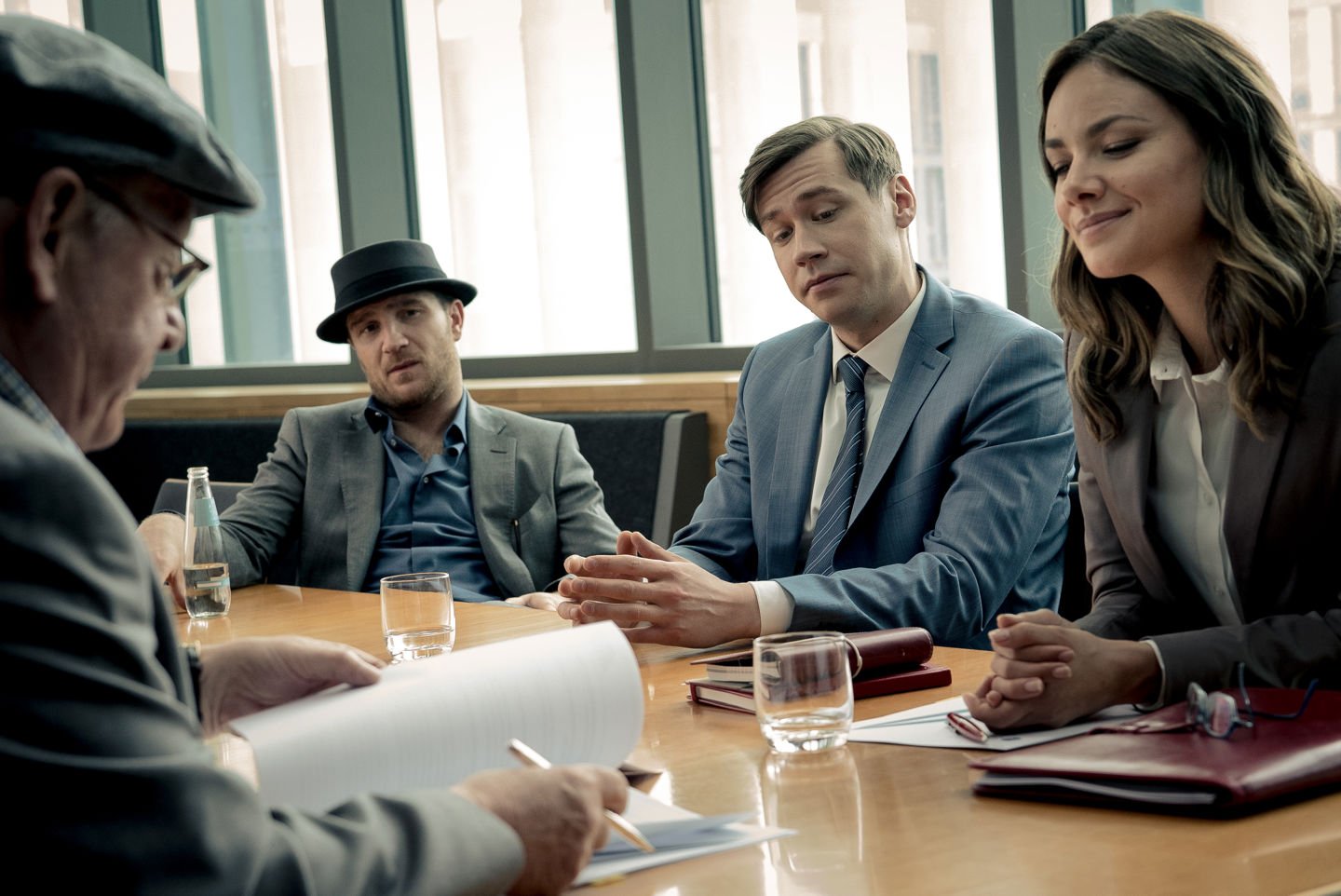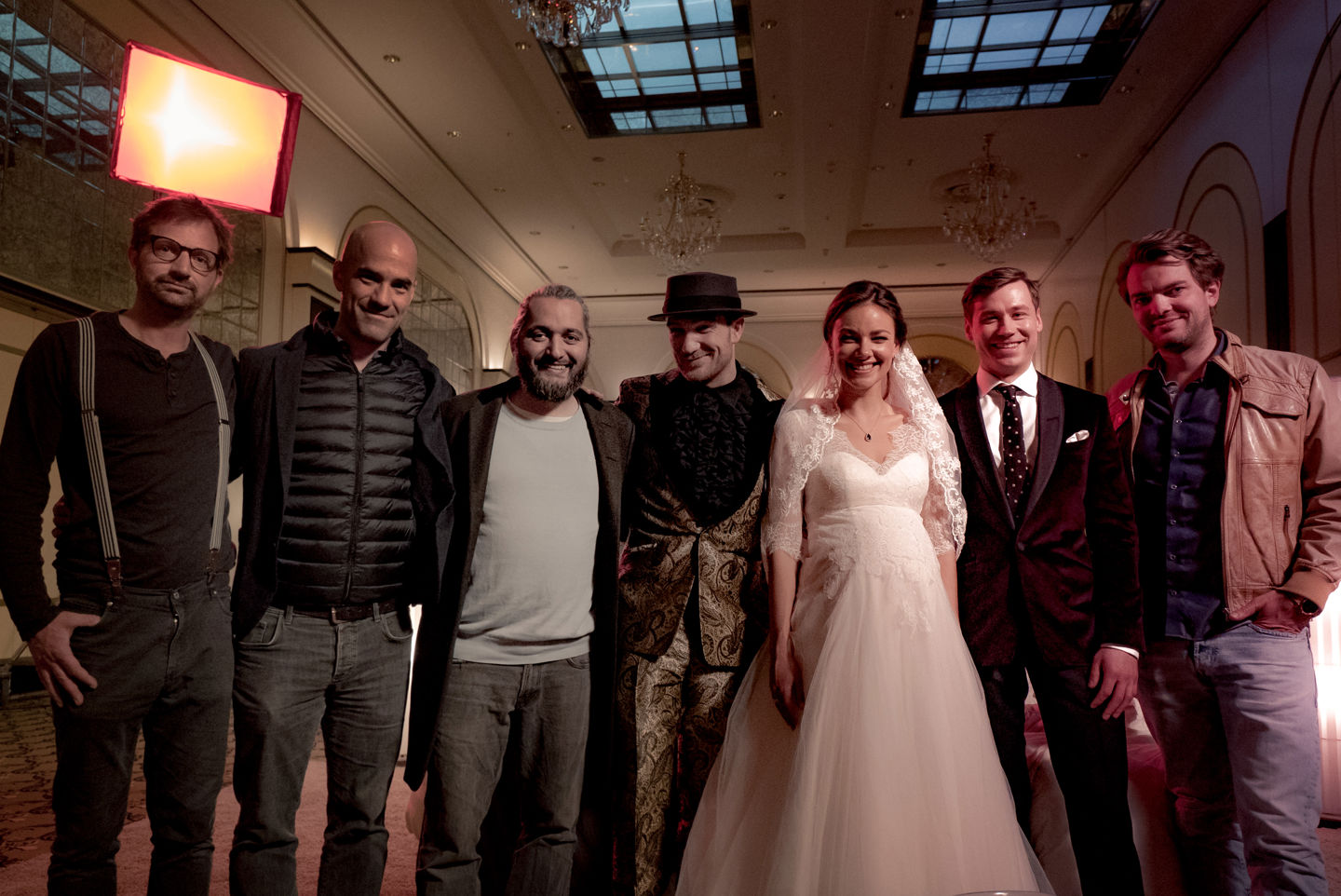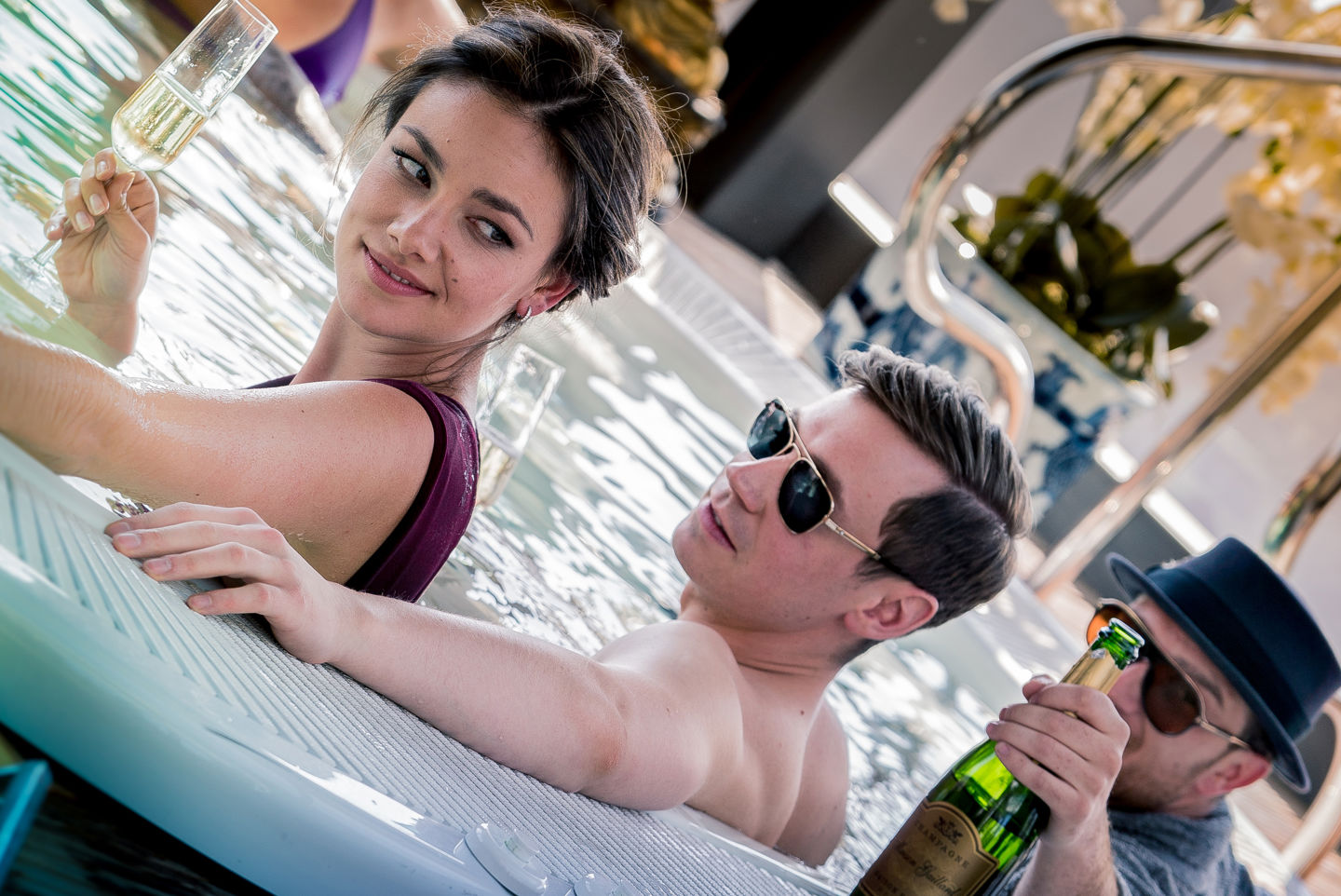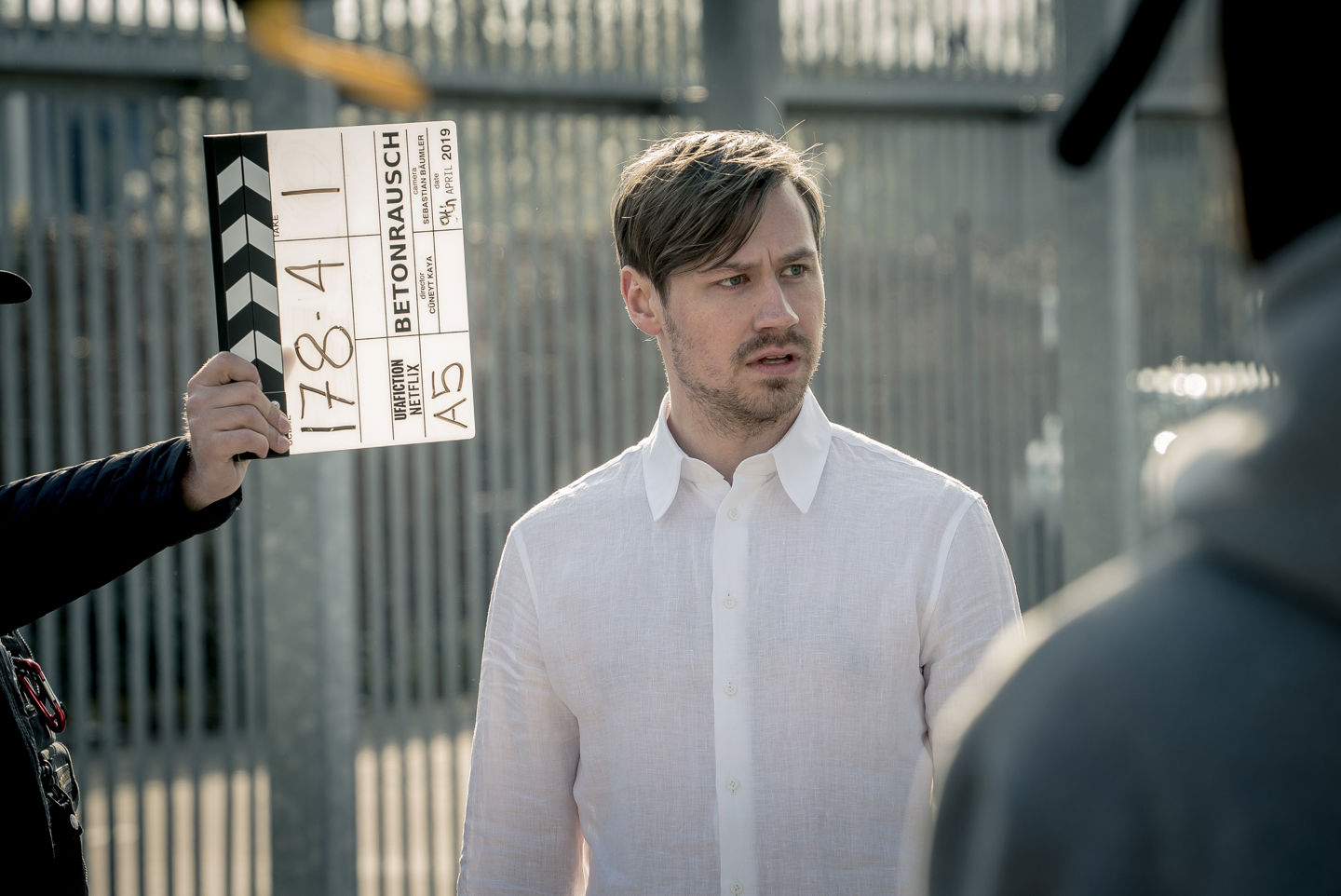Fans of films about the shadier side of the high-powered business world are in for a treat with the new Netflix film Rising High (or Betonrausch in German, literally ‘concrete rush’), produced by UFA Fiction.
The film tells the story of a young man prepared to do anything to get rich by gambling on the Berlin property market with the help of a shady business partner. But the pair’s hedonistic lifestyle pushes things too far, threatening to destroy what they’ve built.
Fans of films about the shadier side of the high-powered business world are in for a treat with the new Netflix film Rising High (or Betonrausch in German, literally ‘concrete rush’), produced by UFA Fiction.
The film tells the story of a young man prepared to do anything to get rich by gambling on the Berlin property market with the help of a shady business partner. But the pair’s hedonistic lifestyle pushes things too far, threatening to destroy what they’ve built.





